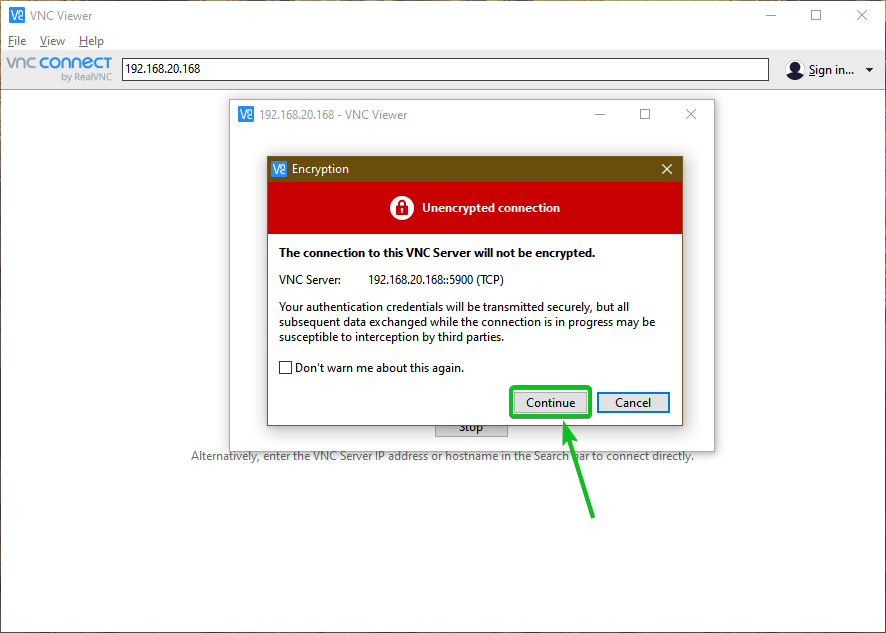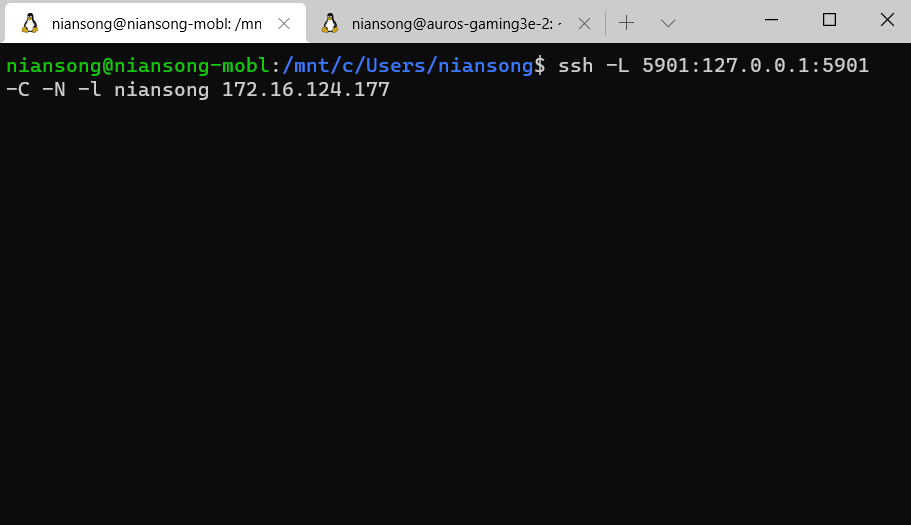

On your server, update your list of packages: Specifically, we will install packages for the latest Xfce desktop environment and the TightVNC package available in the official Debian repository. Step 1 - Installing the Desktop Environment and VNC Serverīy default, a Debian 10 server does not come with a graphical desktop environment or a VNC server installed, so we’ll begin by installing those.

On macOS, you can use the built-in Screen Sharing program, or can use a cross-platform app like RealVNC.On Windows, you can use TightVNC, RealVNC, or UltraVNC.A local computer with a VNC client installed that supports VNC connections over SSH tunnels.One Debian 10 server set up by following the Debian 10 initial server setup guide, including a non-root user with sudo access and a firewall.This choice will ensure that our VNC connection will be smooth and stable even on slower internet connections. You’ll use TightVNC, a fast and lightweight remote control package. In this guide, you’ll set up a VNC server on a Debian 10 server and connect to it securely through an SSH tunnel. It makes managing files, software, and settings on a remote server easier for users who are not yet comfortable with the command line. Virtual Network Computing, or VNC, is a connection system that allows you to use your keyboard and mouse to interact with a graphical desktop environment on a remote server.


 0 kommentar(er)
0 kommentar(er)
